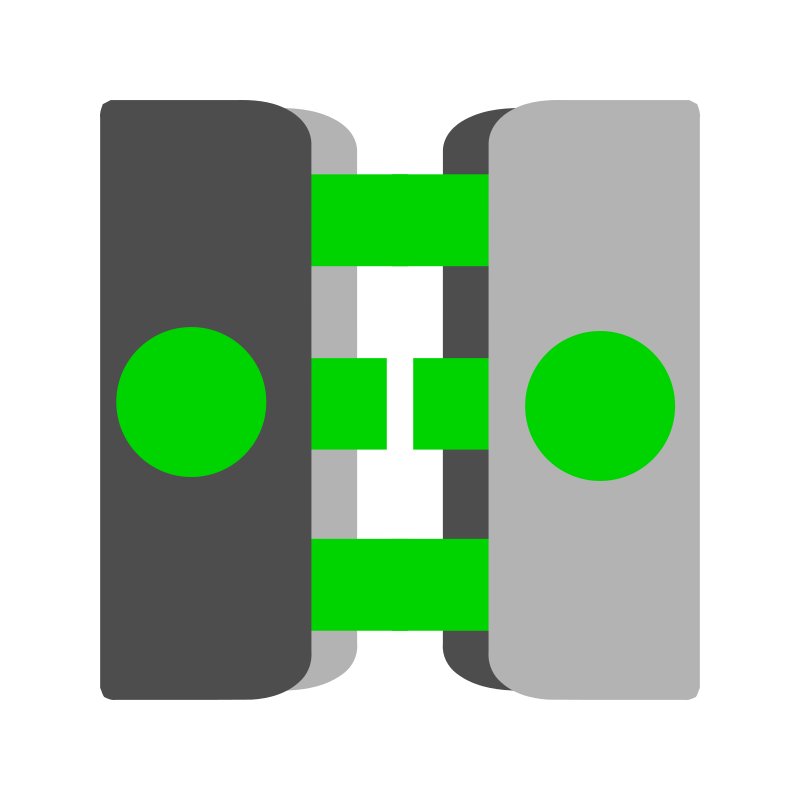Exploring Circles in Geometry
Circles are fundamental geometric shapes, defined as the set of all points in a plane that are equidistant from a central point. They are ubiquitous in nature, engineering, and art, and their properties are essential for understanding rotation, curvature, and cyclical phenomena.
A circle is a closed curve in a plane where all points on the curve are at the same distance from a fixed point called the center.
The constant distance from the center to any point on the circle is known as the radius (\(r\)).
The boundary of the circle is called the circumference.
- Center: The fixed point from which all points on the circle are equidistant.
- Radius (\(r\)): The distance from the center to any point on the circle.
- Diameter (\(d\)): The distance across the circle through its center (\(d = 2r\)).
- Circumference (\(C\)): The distance around the circle. \(C = 2\pi r\) or \(C = \pi d\).
- Chord: A line segment connecting any two points on the circle.
- Secant: A line that intersects a circle at two points.
- Tangent: A line that touches the circle at exactly one point, called the point of tangency. It is perpendicular to the radius at that point.
- Arc: A portion of the circumference of a circle.
- Sector: A region of a circle bounded by two radii and an arc.
- Segment: A region of a circle bounded by a chord and an arc.
Circles can be represented algebraically:
- Standard Form (Center-Radius Form): \((x - h)^2 + (y - k)^2 = r^2\), where \((h, k)\) is the center and \(r\) is the radius.
- General Form: \(x^2 + y^2 + Dx + Ey + F = 0\). This can be converted to standard form by completing the square.
The area (\(A\)) enclosed by a circle is given by the formula:
$$ A = \pi r^2 $$
where \(r\) is the radius of the circle and \(\pi\) (pi) is a mathematical constant approximately equal to 3.14159.
Circles are applied in numerous real-world scenarios:
- Engineering: Design of gears, wheels, pipes, and rotational mechanisms.
- Architecture: Dome structures, arches, and circular layouts.
- Physics: Describing orbital paths, wave propagation, and circular motion.
- Art and Design: Mandalas, pottery, and various circular patterns.
- Everyday Objects: Clocks, coins, tires, and many other common items.
